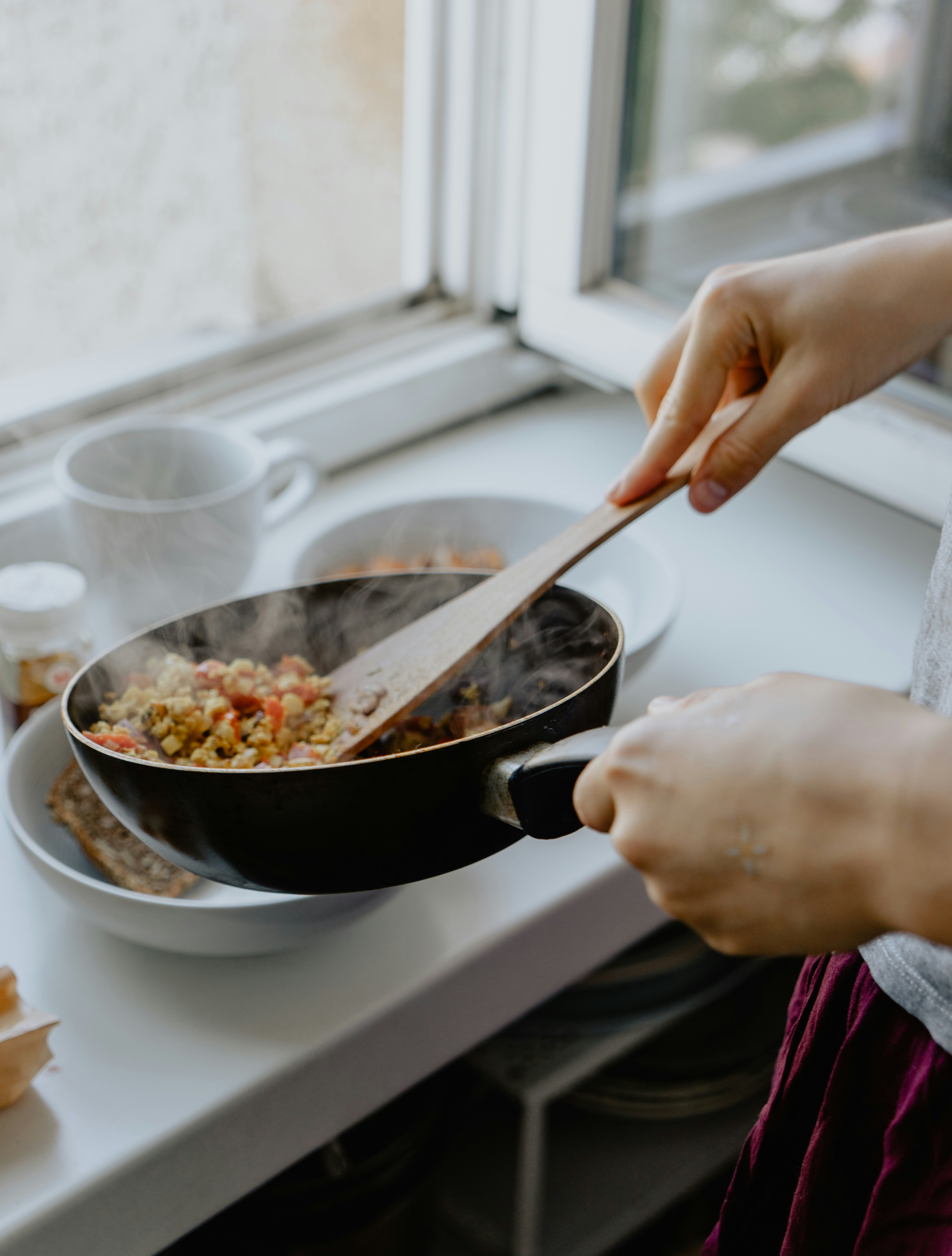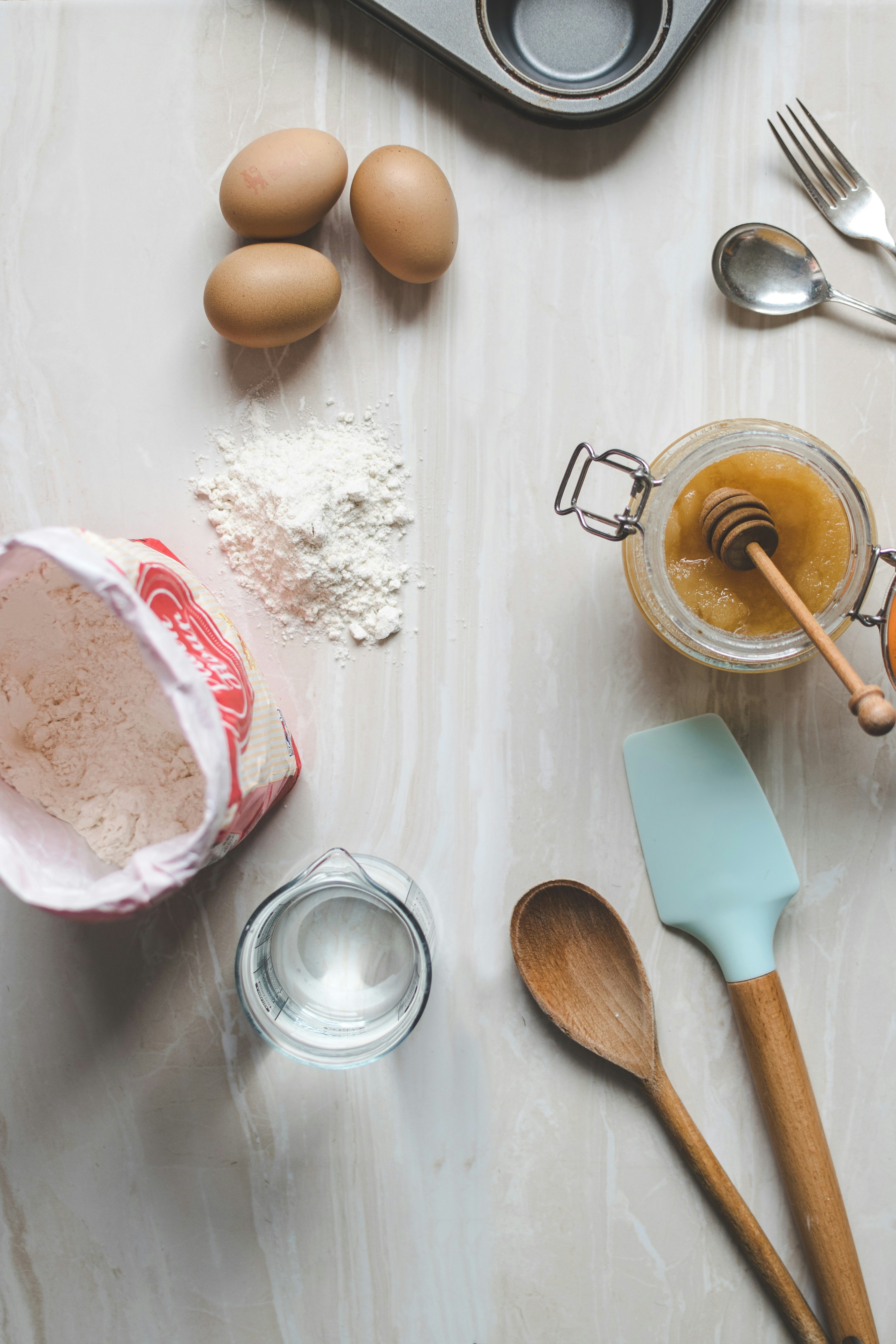In this article, we will explore the process of dry aging steaks and how it enhances the flavor and tenderness of the meat. You'll learn the steps involved in dry aging, from selecting the right cut of meat to creating the ideal conditions for aging. Whether you're a seasoned chef or just starting out in the kitchen, understanding the process of dry aging steaks will elevate your culinary skills and impress your dinner guests.
To begin, let's talk about the process of dry aging steaks. Dry aging is a method used to intensify the flavor and tenderness of beef by allowing it to naturally age and break down enzymes. The first step is to choose a high-quality cut of meat, such as a ribeye or striploin, with good marbling. Next, the meat is placed on a rack in a temperature and humidity-controlled environment, typically between 34-38°F (1-3°C) with about 85-90% humidity. Over the course of several weeks, the meat undergoes a process of slow dehydration, which leads to the concentration of flavors and the development of a tender texture. By understanding this process and following the necessary steps, you'll be able to dry age steaks like a pro and enjoy the incredible taste and texture of perfectly aged meat.
Understanding the Process of Dry Aging Steaks
Dry aging is a process that is revered by many meat enthusiasts for its ability to enhance the flavor and tenderness of steaks. If you're curious about the intricacies of this age-old technique, this article will guide you through the process of dry aging steaks, from understanding the definition and purpose to choosing the right cuts and creating the ideal aging environment. So, let's dive in and unlock the secrets of dry aging!
What is Dry Aging?
Definition of Dry Aging
Dry aging is a method of aging meat where steaks are left to hang in controlled conditions for a specific period of time. During this process, the meat naturally tenderizes and develops a deep, concentrated flavor profile.
Purpose of Dry Aging
The primary purpose of dry aging is to improve the overall quality of the meat. It allows the connective tissues to break down, resulting in a more tender texture. Additionally, dry aging enhances the flavor as the natural enzymes in the meat work their magic, intensifying the taste.
Difference from Wet Aging
Dry aging differs from wet aging, which involves vacuum-sealing and storing the meat in its own juices. While wet aging is a quicker process, it does not have the same transformative effect on flavor and tenderness as dry aging.
How Aging Affects the Meat
When meat is dry aged, several key changes occur. Firstly, moisture from the meat evaporates, causing the flavors to concentrate. Additionally, enzymes in the meat slowly break down the tough connective tissues, resulting in a more tender texture. This process also allows the natural enzymes to convert the muscle's glycogen into sugars, further enhancing the taste and adding subtle sweetness to the meat.
Why Dry Age Steaks?
Enhanced Flavor and Tenderness
One of the main reasons why dry aging is favored is due to the remarkable flavor and tenderness it imparts. The concentration of flavors and the breakdown of connective tissues result in a steak that is incredibly rich, juicy, and flavorful.
Concentration of Nutrients
Dry aging also concentrates the nutrients present in the meat. As moisture is lost, the vitamins and minerals become more pronounced, making dry-aged steaks not only delicious but also nutritious.
Unique Umami Characteristics
Umami, the fifth taste, is often described as savory or meaty. Dry aging enhances the umami characteristics of steaks, making them even more enjoyable for those seeking a truly indulgent dining experience.
Demand and Preference in the Culinary World
Dry-aged steaks have gained popularity in recent years, resulting in a growing demand from food connoisseurs and chefs alike. The unique flavor and tenderness have made them a highly sought-after delicacy in the culinary world.
This image is property of images.unsplash.com.
Choosing the Right Cuts
Ideal Steaks for Dry Aging
Not all steaks are suitable for dry aging. Thick cuts with ample marbling, such as ribeye, strip loin, and porterhouse, are commonly selected for this aging process. The high-fat content and marbling in these cuts contribute to the extraordinary flavor and tenderness that dry aging produces.
Factors to Consider in Selection
When choosing steaks for dry aging, consider factors such as quality, grade, and origin. Opt for well-marbled cuts from reputable sources to ensure the best possible outcome in terms of flavor and tenderness.
Quality VS Quantity
While it may be tempting to dry age a large quantity of steaks, quality is more important than quantity in this process. It's better to select a smaller number of high-quality steaks that will yield exceptional results rather than compromising the overall outcome by overcrowding the aging space.
Preparation and Safety Measures
Inspecting the Steaks
Before initiating the dry aging process, inspect the steaks carefully. Ensure that they are fresh, free from any defects or bruises, and have a good amount of marbling. This initial inspection is important to guarantee the best possible outcome.
Trimming Excess Fat
While some fat is desirable for the dry aging process, excess fat may impede airflow and invite spoilage. It is recommended to trim any excessive fat, leaving behind a thin layer to protect the meat during the aging process.
Sanitizing and Preparing the Aging Area
Creating a clean and sanitized aging environment is crucial. Ensure that the area where the steaks will be aged is thoroughly cleaned, free from any contaminants, and kept at an appropriate temperature.
Safe Handling and Storage Practices
To prevent any cross-contamination or spoilage, practice safe handling and storage practices. Keep the steaks separate from other raw meats and use dedicated containers and equipment for dry aging purposes only.
This image is property of images.unsplash.com.
Creating the Ideal Aging Environment
Temperature and Humidity Control
Temperature and humidity control are key elements in creating the ideal aging environment for steaks. The recommended temperature for dry aging ranges between 34°F to 38°F (1°C to 3°C), with a humidity level between 70% to 80%.
Aeration and Ventilation
Proper aeration and ventilation are necessary to allow airflow around the steaks. This helps prevent the growth of unwanted bacteria and molds. Utilizing a dedicated dry aging refrigerator or dry aging cabinet can ensure optimal air circulation.
Avoiding Contamination
Maintaining a clean and contaminant-free environment is crucial. Regularly sanitize the aging space and accessories used during the process to avoid any potential risks to the meat.
The Importance of Airflow
Adequate airflow is essential for the dry aging process. It promotes the evaporation of moisture from the steaks, concentrating the flavors and fostering the tenderization process.
Wrapping and Storing the Steaks
Choosing the Right Wrapping Method
Traditionally, dry aging involved wrapping the steaks in butcher paper. However, vacuum sealing has gained popularity in recent years due to its ability to prevent bacterial growth and enhance the aging process.
Vacuum Sealing vs. Butcher Paper
Vacuum sealing provides a more secure and controlled aging environment. It prevents the entry of oxygen and helps maintain the desired temperature and humidity. Butcher paper, on the other hand, allows for more natural air circulation. Both methods have their advantages, so choose the one that suits your preferences and resources.
Labeling and Dating the Steaks
Properly labeling and dating the steaks is essential for organization and inventory management. Clearly mark each steak with the date of initiation and the desired aging duration.
Organizing and Managing Inventory
As you age multiple steaks, it's important to establish a system for organizing and managing your inventory. This will help ensure that you can keep track of each steak's aging timeline and avoid confusion.
This image is property of images.unsplash.com.
The Aging Timeline
Short Aging vs. Extended Aging
The duration of the aging process can vary depending on personal preference and the desired flavor profile. Short aging typically ranges from 14 to 21 days, while extended aging can go beyond 30 days or even several months. Experimenting with different aging times allows you to discover your preferred level of flavor and tenderness.
Effects of Aging Duration on Flavor Profile
The aging duration directly impacts the flavor profile of the steaks. Shorter aging times may result in a milder flavor, while longer aging times intensify the taste, producing a distinct and more complex flavor profile.
Industry Standards and Recommendations
Industry standards often recommend aging steaks for a minimum of 14 days to achieve noticeable improvements in tenderness and flavor. However, these recommendations may vary, so it's essential to consider them as guidelines and experiment to find the aging duration that suits your preferences.
Monitoring and Maintaining Conditions
Regular Temperature and Humidity Checks
Monitoring the temperature and humidity levels is crucial throughout the aging process. Regularly check and adjust these parameters to maintain the optimal conditions for dry aging.
Identifying and Addressing Issues
Any changes or deviations in temperature, humidity, or the appearance of the steaks should be promptly addressed. Addressing issues as they arise helps ensure the best possible outcome in terms of flavor, tenderness, and safety.
Calibration and Maintenance of Equipment
To ensure accurate readings and consistent results, regularly calibrate and maintain any equipment used during the dry aging process. This will help facilitate optimal aging conditions and minimize potential risks.

When is the Steak Ready?
Determining when a dry-aged steak is ready ultimately comes down to personal preference. As a general rule, a minimum aging period of 14 days is recommended to achieve noticeable tenderness and flavor enhancements. However, some enthusiasts prefer longer aging periods, up to several months, to achieve distinctive flavor profiles and an even more tender texture.
Conclusion
Dry aging steaks is both an art and a science. The process requires patience, attention to detail, and the willingness to experiment with different techniques and durations. By understanding the process, selecting the right cuts, creating an ideal aging environment, and consistently monitoring and maintaining conditions, you can unlock new dimensions of flavor and add a personal touch to your meals. So, go ahead and embark on the journey of dry aging steak, and indulge in the culinary experience it offers.


